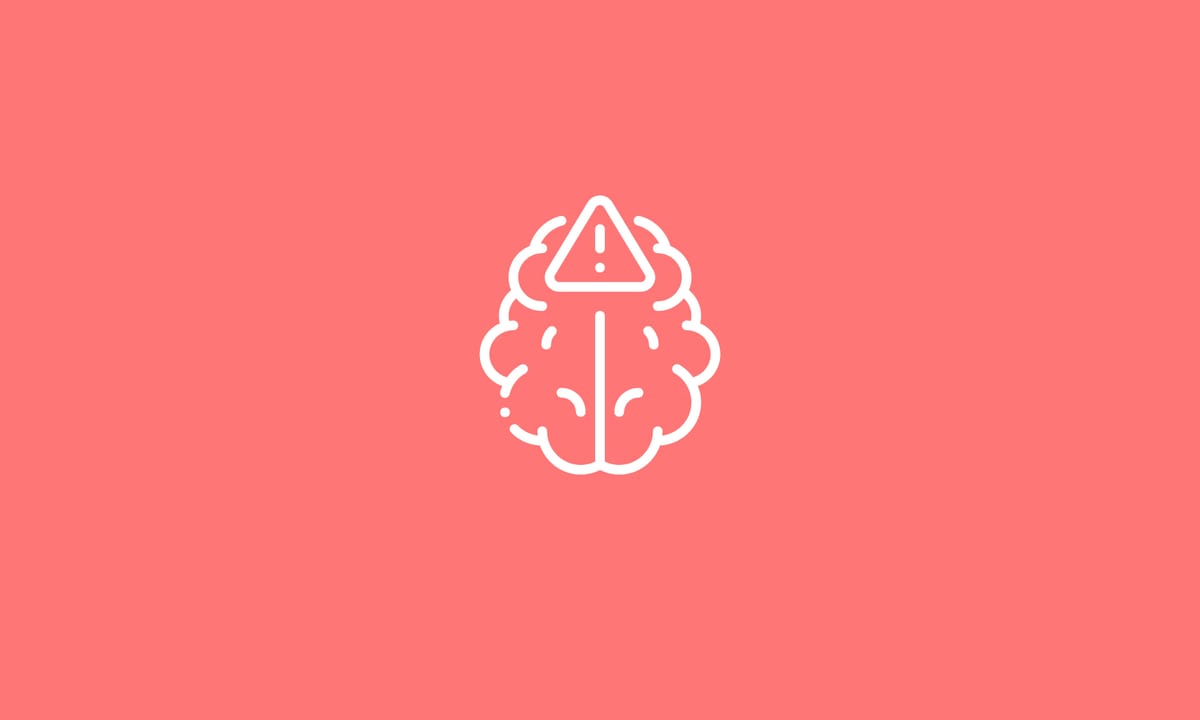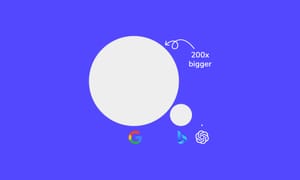We keep calling AI “a tool.” But most marketers aren’t using it like a tool, they’re using it like a crutch.
Why write a headline when ChatGPT can give you 10 in 3 seconds? Why wrestle with strategy when you can prompt for that, too?
This tension is explored brilliantly in The Guardian’s article, “Are we living in a golden age of stupidity?”, which argues that frictionless tech might be dulling our minds.

However, there is a real problem on the horizon - real learning requires friction, and AI is smoothing it all away.
AI makes things easier, and that’s not always good
We’re at the start of a paradox. We have more data, more content, and more computational power than ever before, but you can see brands using AI as an output a mile away. Their content is shallower, less sharp, less human.
A recent study from MIT found that people writing with AI showed lower brain activity in networks linked to attention and creativity. That should worry anyone, but especially those in this industry.
It’s not that AI is making people stupid; it’s that it’s removing the struggle that makes us smarter.
Real learning comes from struggle
We don’t sharpen strategy by avoiding hard work; we sharpen it by wrestling with it. The uncomfortable parts, the rewrites, the failed tests, the frustrating “why isn’t this converting?” moments. These are the times where insight is forged. Skip the struggle, and you skip the very thing that gives you experience.

Lazy inputs = lazy outputs
You’ve likely seen a flood of bland LinkedIn posts and the “SEO-optimised” AI blog spam.
No tension. No edge. Just predictable, AI noise. People aren’t wrestling with ideas anymore; they’re outsourcing the discomfort.
“Frictionless” sounds great in UX. But in creativity, it’s fatal.
Friction is how we learn
In my agency, the best insights come from the challenging aspects, such as debates over messaging, the third failed test variant, and the unexpected dip in conversion rates that we must dissect.
Take those away, and you're left with someone coasting through autocomplete marketing.
You can’t shortcut your way to deep strategy; you have to earn it. Psychologists call this desirable difficulty, the idea that learning sticks better when it’s effortful. Remove that effort, and you lose the learning.
AI should augment, not replace
There’s nothing wrong with using tools - I use AI every day.
But there’s a massive difference between using it to stress-test your thinking and pushing your boundaries, and using it to avoid thinking altogether.
You can feel the difference in the output. One sharpens, the other dulls.
Use AI like a smart assistant, not a replacement for thinking

- Treat AI like a very capable assistant, not a slave. Use it to bounce ideas, get an outline, or sanity-check thinking, but you still have to lead the way.
- Lean into the hard bits. If something feels slow or frustrating (like testing ad variants or debating positioning), then that's good. That’s where the learning lives.
- Make space for manual work. Write the headline yourself or build the strategy deck from scratch. It’ll take longer, but it’ll force your brain to stretch.
- Don’t just ask for outputs, interrogate your inputs. AI will give you what you feed it. Garbage in = garbage out. Spend more time refining the question, not just the answer.
- Hold your team (and yourself) to a higher bar. “AI wrote this” isn’t a flex.“AI helped me sharpen this” is.
The winners will be those that can think and learn
Marketers who offload thinking, avoid discomfort, and skip the learning phase are going to be ten-to-the-penny over the next decade.
The best marketers are the sharp ones. They’ll use the friction - the testing, the rewrites, the debates - to get smarter.
AI is powerful, but it is one of many tools in a marketer's toolbox, and only when used correctly.






